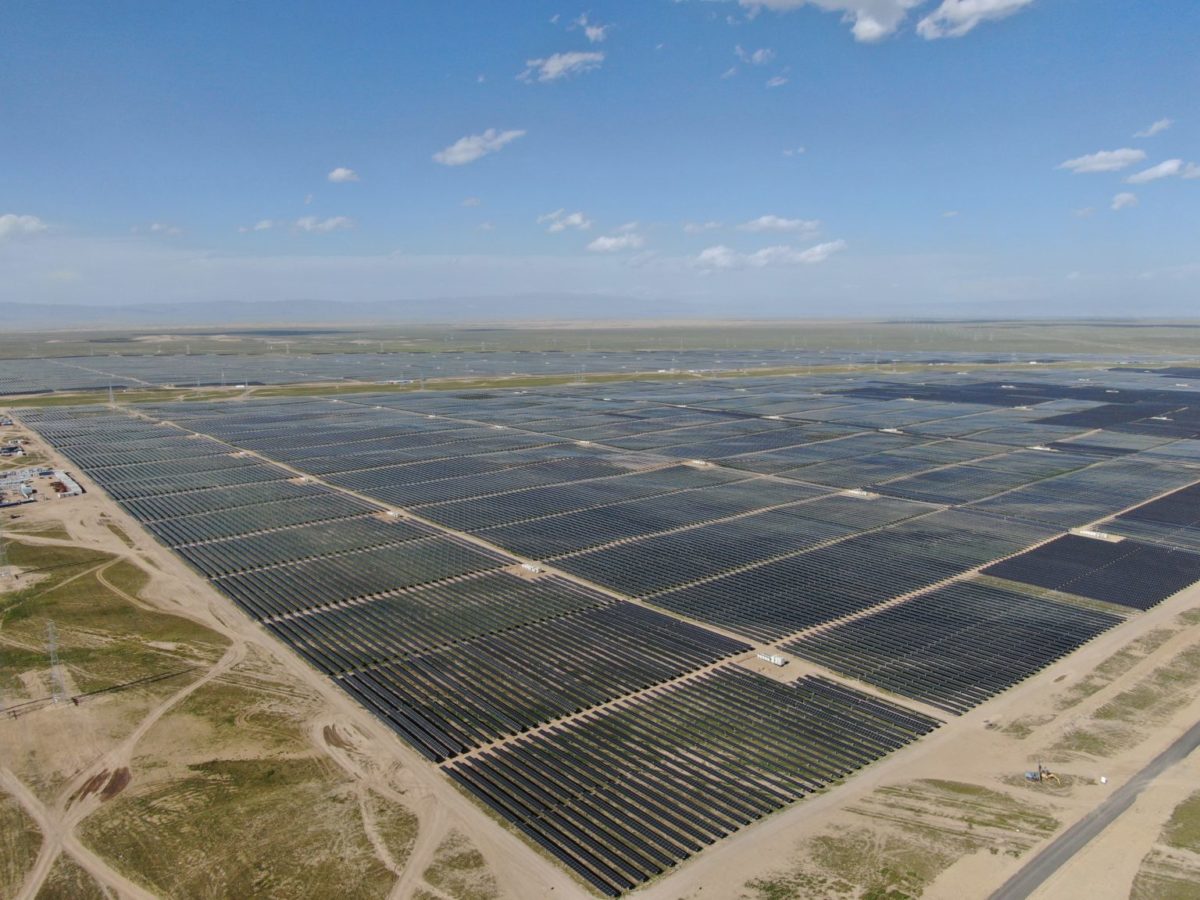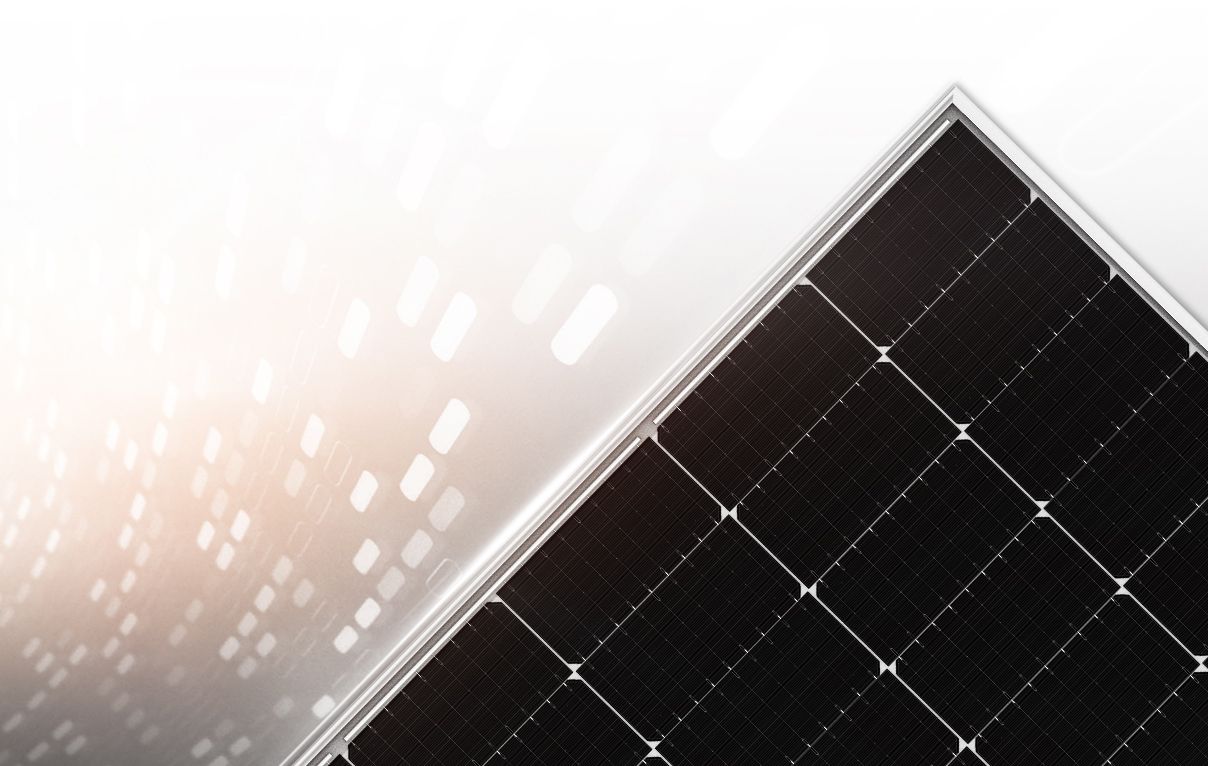sunshine_eggo
Happy Breffast!
Top level:

 www.pv-magazine.com
www.pv-magazine.com
Detail:

 www.longi.com
www.longi.com
Given that it's from a company offering a product, a certain level of skepticism is needed, but it passes a logic sniff test - high current generates heat. it presumes that high current is bad, and it should be addressed in design. It implies higher current panels may carry a higher risk of thermal runaway, but that presumes that those panels do not address this increased potential in its design.
My conclusion: Meh. Given the hardware commonly used, panels that put out more than 10A can complicate installations especially as users choose higher Voc MPPT with lower PV input current limits (18A seems common). This puts a mental ~10A limit on panels I'll consider.

High-wattage solar modules increase risk of thermal runaway
Longi Solar outlines its high-temperature mitigation logic in designing the lower current, high-wattage Hi-MO5 solar panel series.
Detail:

LONGi- Analysis of Thermal Runaway in Large Current Junction Boxes
Advances in photovoltaic technology are closely related to improvements in module efficiency.
Given that it's from a company offering a product, a certain level of skepticism is needed, but it passes a logic sniff test - high current generates heat. it presumes that high current is bad, and it should be addressed in design. It implies higher current panels may carry a higher risk of thermal runaway, but that presumes that those panels do not address this increased potential in its design.
My conclusion: Meh. Given the hardware commonly used, panels that put out more than 10A can complicate installations especially as users choose higher Voc MPPT with lower PV input current limits (18A seems common). This puts a mental ~10A limit on panels I'll consider.


